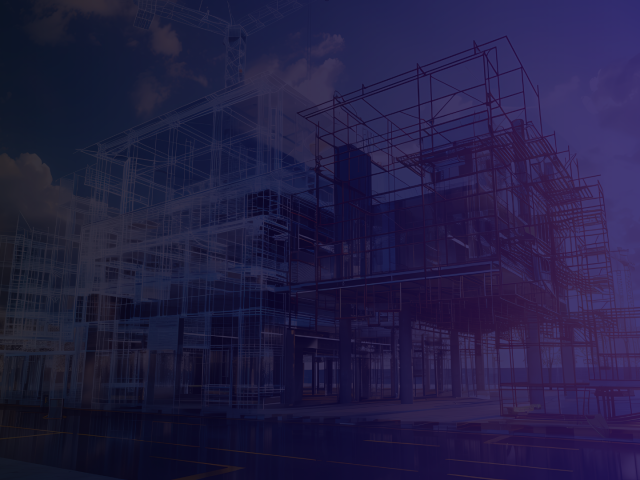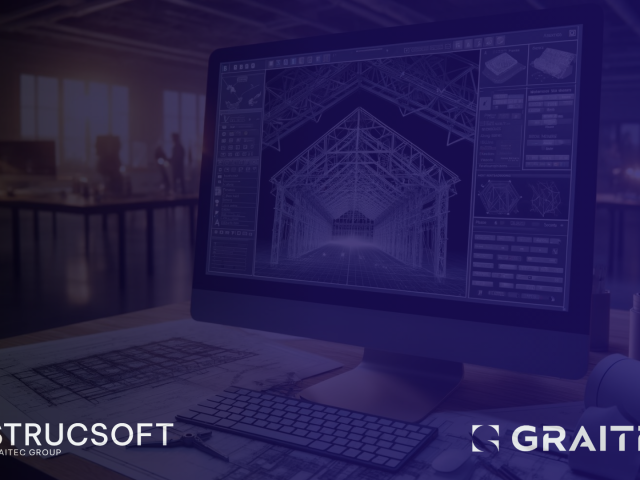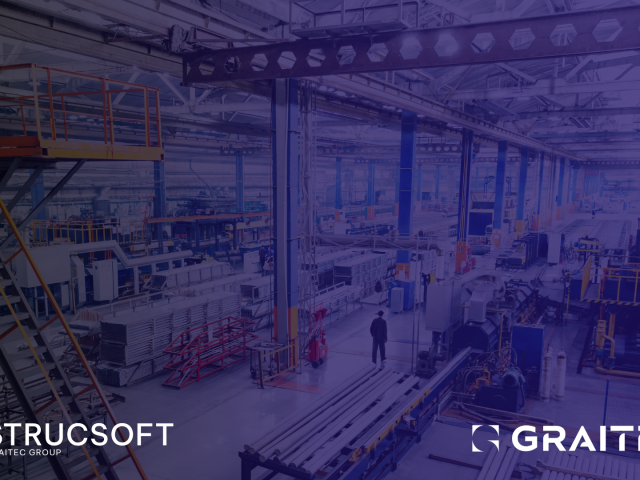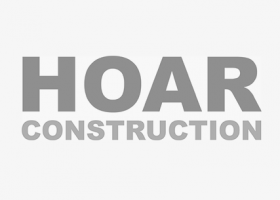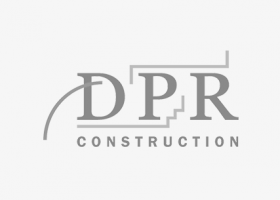How is light gauge steel made?
Light gauge steel is an essential material used in the construction of small to mid-sized installations. It forms the support structure that keeps buildings stable and rigid. Not only is it cheap and easy to source, but compensates on the shortcomings of building with wood.
Steel is the everyday commodity is used in thousands of industries, has been a part of our daily lives and the buildings we live in for centuries, and is practically everywhere.
It’s in your car, the bridge it was driven on, in the machine that was used to make another machine, and so on.
Yet when was the last time you held a stainless steel spoon and wondered how it was made? Or if you are at the construction site – what went into making those steel beams and studs, which will soon end up in the most crucial parts of your building?
In keeping the spirit of curiosity alive, we’ll take a look at how this universal material is made, the environmental implications of producing it in an increasingly carbon-aversive world, and finally, the role of digital tools in enabling it to become a highly versatile construction material.
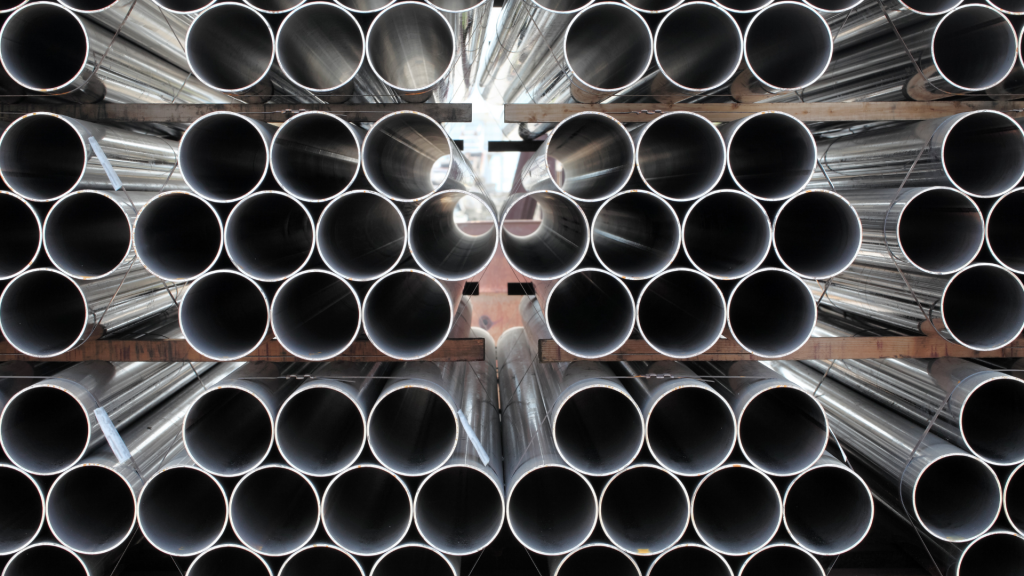
The construction industry primarily uses 2 types of steel, commonly known as hot rolled steel (or structural steel), and cold formed steel (or light gauge steel).
Both these types of steel are made from a more elementary material called raw steel. The terms ‘hot rolled’ and ‘cold formed’ refer to the processes that the raw steel undergoes, before it’s ready to be used in a building or structure.
Raw steel is made by removing impurities from iron ore, a crucial raw material without which steelmaking wouldn’t be possible.
Iron ore is mined from the earth’s crust, in places such as Australia, Brazil, China, India and Russia, which represent the largest producers of iron ore as of 2021.
Once iron has been mined, it is ready to enter the first of two primary methods of steelmaking:
- Blast furnace / Basic oxygen furnace (BOS) and
- Electric Arc Furnace (EAF).
Blast furnace / basic oxygen furnace route (BOS)
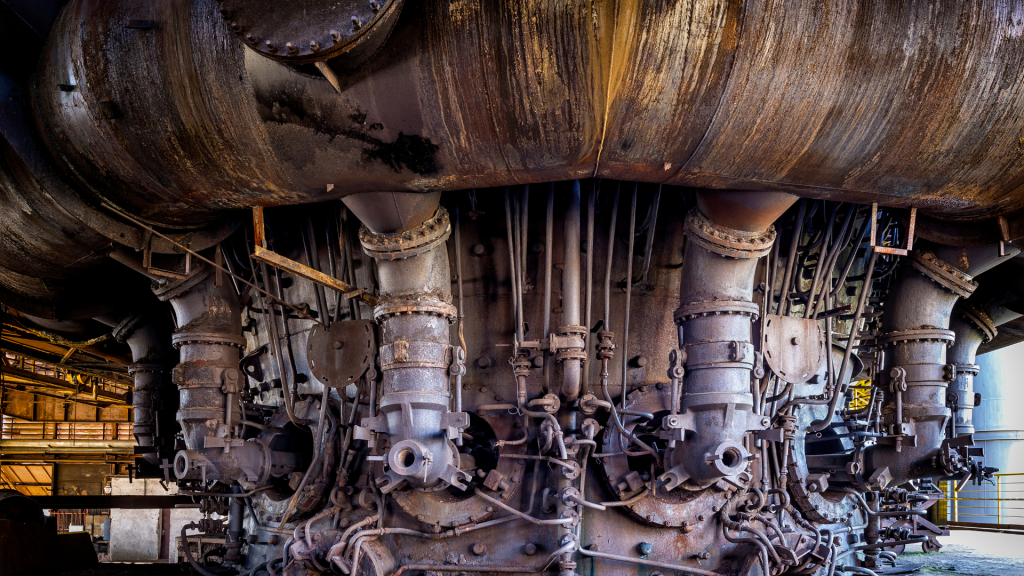
The process of creating steel from iron ore starts with the Blast Furnace / Basic Oxygen furnace route (BOS). It is currently the dominant method of steel production responsible for 67-70% of global steel output.
First the blast furnaces purify iron ore into iron, with coke (a purer form of coal) as its fuel source, and limestone as the purifying agent.
Hot blasts of air are blown from the bottom of the furnace, raising temperatures to a point where the iron ore melts and separates into various compounds.
Liquid iron is tapped from the furnace, including byproducts such as slag, which is used in making roads, cement and in some cases as a fertilizer for acidic soils.
Next, the liquid iron needs to be further purified to create steel. Here is where the liquid iron is treated with blasts of pure oxygen. The oxygen further raises temperatures inside the furnace, and oxidizes the molten iron. In other words, it separates impurities inside the iron, and allows for the extraction of pure liquid steel.
Electric Arc Furnace (EAF)

The EAF method uses scrap steel or recyclable steel as its primary material, instead of iron ore.
Powerful industrial magnets pick up scrap steel and place it inside a furnace. Giant electrodes are lowered into the furnace from the top, releasing electric arcs that are hot enough to melt down the scrap into liquid steel.
Compared to BOS steel, the electric arc furnace method is more environmentally friendly as it is more energy efficient and emits lower amounts of greenhouse emissions. The United States for example uses electric arc furnaces for 70% of its total steel output.
Environmental Impact of Steel Production

The steelmaking industry tends comes under fire due to its impact on the environment. The global steel production industry generates between 7-9% of all global greenhouse gas emissions.
At the same time, we must not forget that steel is 100% recyclable, meaning it can be re-used over and over again after being recycled, without losing its properties.
This lessens its overall life-cycle impact, and considering how this material essentially moves the modern world, we can cut the steel production industry some slack.
If we were to compare the environmental impact of the two methods, the blast Furnace / Basic Oxygen steelmaking represents the largest portion of of emissions with 80% of the pollution released during the purification of iron from iron ore. This opens up grounds for researching other alternatives to coke or coal as the primary source of fuel.
EAF on the other hand is much more energy efficient, using less than half the energy required by a blast furnace. At the same time, the electricity used by these types of furnaces needs to be fueled, and it is using done by coal. Some plants are now using renewable sources to power their electricity, namely wind and solar.
Cold rolling light gauge steel
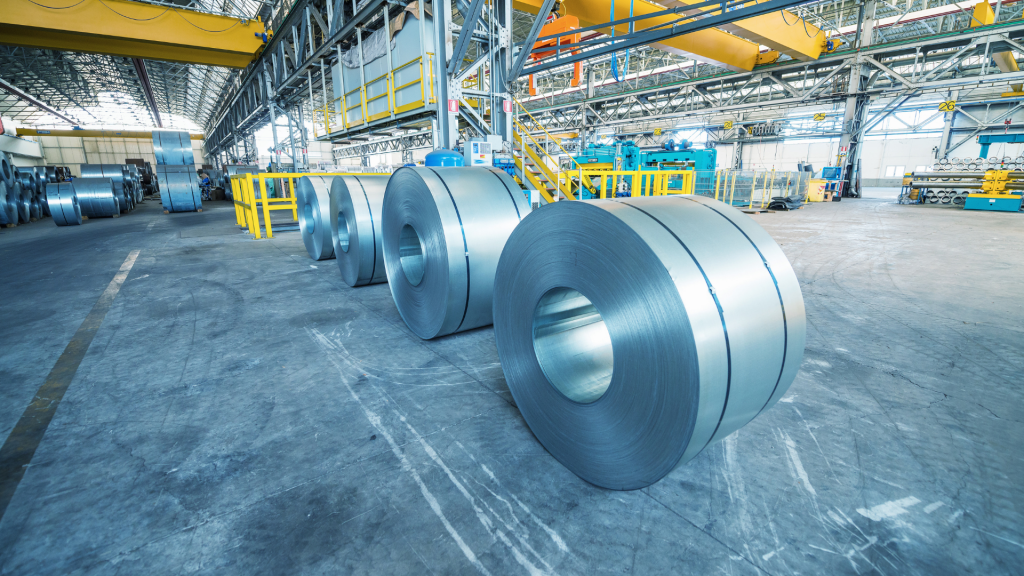
Let’s look at the cold rolling process which cold formed steel derives its name from.
Once liquid steel has been tapped from the basic oxygen furnace or electric arc furnace, it is cast into shapes of varying widths and lengths.
It is allowed to cool down to room temperature, and passed through a series of rollers that compress the steel down to thicknesses of up to 0.2 mms, which is why it is also called sheet metal. The metal is also passed through rollers that form C, Z and U sections depending on future usage.
Behind the scenes, architects, structural engineers, MEP trades virtually design their framing using software such as MWF, which works in Autodesk Revit.
Once their virtual model is designed, it is easily fed into CNC machinery that cuts sheet metal down into the exact specifications as those provided in the virtual model.
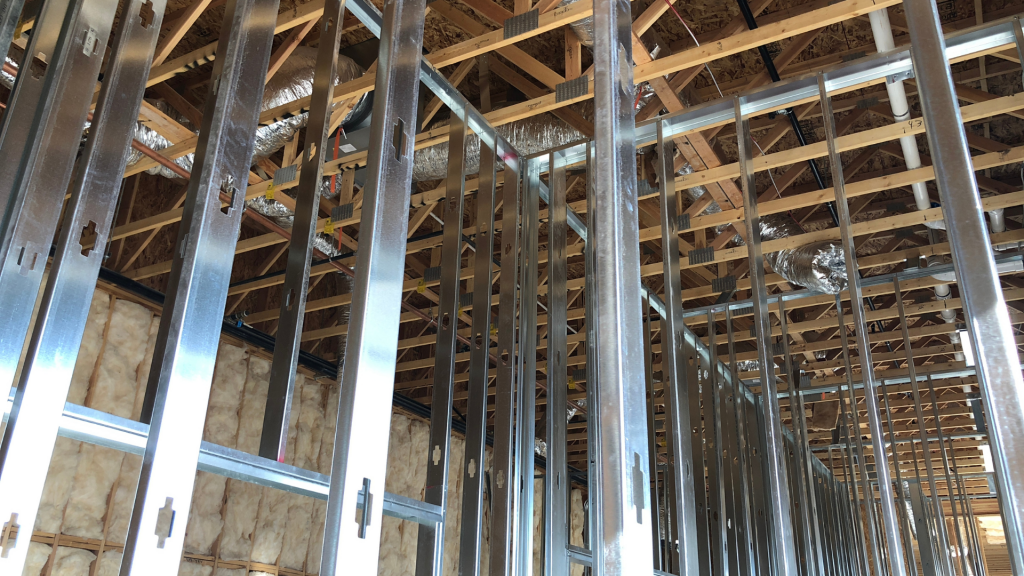
And voila! At the very end of this process is the light gauge steel framing that forms the essential skeleton of a home, a hospital, a primary school or a shopping center. While it mostly remains unseen, the framing supports major loads, and acts as a surface upon which sheathing, wall cladding and other fixtures are added.
What you will learn:
MWF allows builders to create, coordinate, engineer and fabricate their woos and cold formed steel framing within the Autodesk Revit environment. With a toolset enabling workflow automation and seamless transitions from the screen to the shop floor, MWF is the complete software for the designer and manufacturer. Learn more about MWF here.
For more information on our products or design services, visit strucsoftsolutions.com, email us at info@strucSoftsolutions.com or call us at 514-538-6862
 StrucSoft Solutions| Graitec Group is the market leader in comprehensive Autodesk® Revit®-based BIM framing, with both off-the-shelf and custom solutions targeting the AEC and fabrication sectors. Our star solution MWF simplifies complex Revit® framing with its powerful range of tools for modeling, inter-trade clash detection, custom construction documentation and optional output to CNC machines.
StrucSoft Solutions| Graitec Group is the market leader in comprehensive Autodesk® Revit®-based BIM framing, with both off-the-shelf and custom solutions targeting the AEC and fabrication sectors. Our star solution MWF simplifies complex Revit® framing with its powerful range of tools for modeling, inter-trade clash detection, custom construction documentation and optional output to CNC machines.
